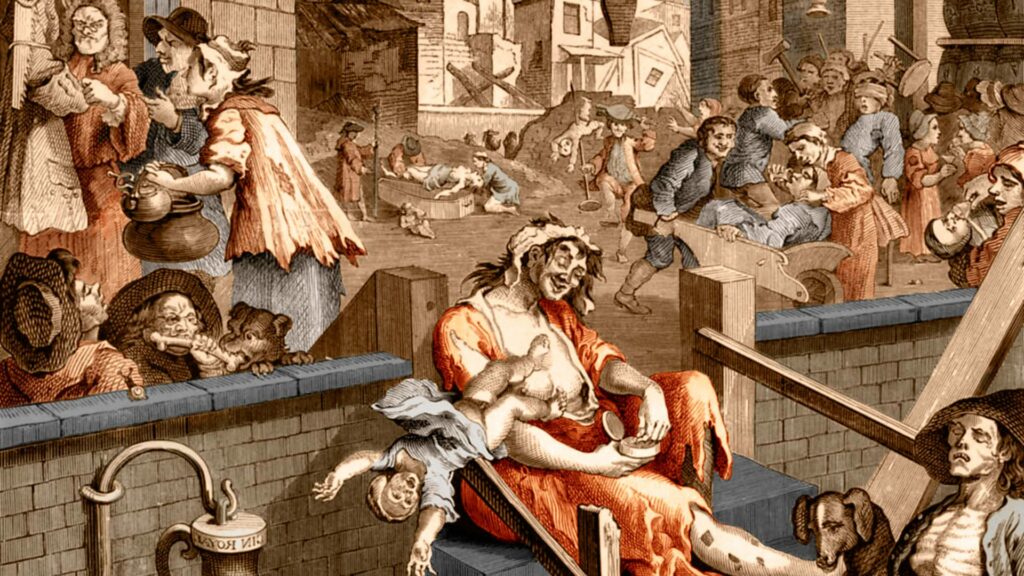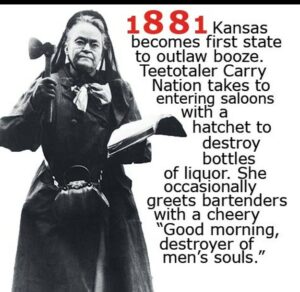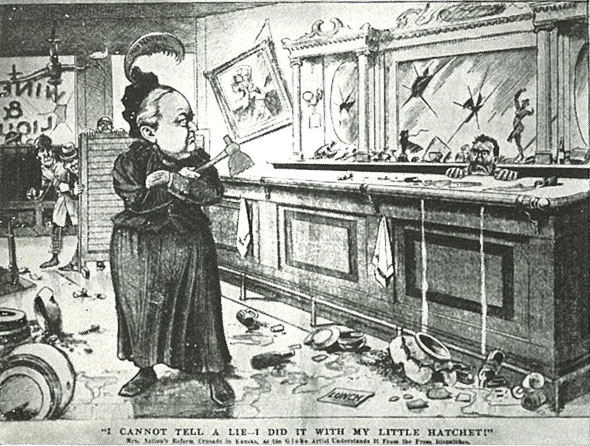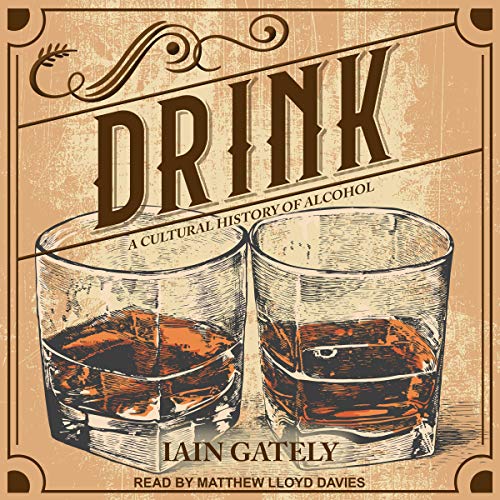I read Chasing the Scream and learned all about the history of drugs, and then I read a book on the history of cancer and learned all about the tobacco Industry. I have just now completed the trifecta of unwholesome habits by completing a 560-page book on the history of alcohol. Why am I spending so much time learning about drugs, booze, and smokes? That’s a really good question! It probably has something to do with where I live and work. I am completely submerged in the world of drugs, booze, and smoking, so I guess it makes sense to learn about them.
Big Idea of the Book:
Alcohol is part of the human story, and it is by far more good for us than bad for us. Science has finally weighed in, and it turns out that those humans who have a little pick-me-up every day are healthier, happier, and more creative. They live longer, deal with stress better, and can overcome life’s challenges more efficiently.
The author makes his conclusion by reminding us that the god of wine is not to be messed with.
“As the legend of Bacchus illustrates, drink must be accommodated within society for like the Greek god, it also has a dark side, and if its production and consumption are forced underground, chaos results.”
So now that I have just gained all of this knowledge from a decidedly wet source (The author of the book is a committed advocate for “tippling,” as he calls it), is it time for me to go out and get roaring drunk for my own health and longevity? Probably not, but I will say that Bacchus and I are on a lot more agreeable terms than we’ve ever been before.
Conflicting Reports:
While the book continually reminds me of the benefits of booze, it also carries out the bleak task of chronicling the history of alcohol and to Gately’s credit, he doesn’t play spin doctor on the facts,
- Gin Craze of London — Between 1730 and 1749 an astounding 75% of all children christened in London died before they reached the age of five! This staggering mortality rate was due to “Gin fever.” Gin also destroyed the economy. People were no longer buying groceries or meat or land or anything. All was going to buy gin. They referred to the people addicted to Gin as zombies, and they predicted an apocalypse in London if they couldn’t reign in the problem. This sounds eerily familiar to the fentanyl crisis we are experiencing today. A combination of methodist preaching, stricter government control, art depicting the horrors of the gin graze, doctors speaking up against it, and the general public awakening to the danger of Gin is what pulled England out of the tailspin, but not before a generation or two was lost.

- Rum Regiment of Australia – The British military in charge of the fledgling colony of Australia repurposed the economy for their own benefit, using Rum as the currency. They essentially intoxicated the entire population so that they could extort and control. At one point, over 85% of the children in the colony were from unwed mothers, and it was extremely common to see drunk, senseless children passed out in the muddy streets.
- Rum for Slaves — White explorers only had a toehold in Africa. The slave trade that brought slaves to the coast to trade was a purely African venture. What incentive would motivate Africans to sell Africans? Rum, first of all, followed by clothing and firearms.
- Self-Destructive Drinking — Indigenous populations in North America were one of the only people groups in the entire globe that had no experience with alcohol. When it arrived with the white man, they immediately embraced it with vigour as was never seen before in the world (until the Gin graze). They believed that their creator had brought it to them and that it was not to be consumed in half-measures. They also believed that they could not be held liable for their actions while drunk. Disease and drunkenness all but wiped out entire populations of these people.
This book reads as follows.
“Booze is great. We all need to drink more for our own health and well-being, but don’t forget; booze has destroyed more lives than any other vice in human history!”
So, it’s hard for me to swallow the book’s conclusion wholesale. I learned all about the temperance movement that led to America becoming a dry country for 13 years. I learned of the hilarious, bizarre and blood-earnest character of Carry Nation (only in America!) I learned about MADD (Mothers Against Drunk Driving) and all the tragic reasons for the existence of these movements and groups, and people. Even though the author is critical of restrictive measures against drinking, it’s hard not to sympathize with why they came into existence. The demon from the bottle has killed and ruined the lives of A LOT of people!
the book’s conclusion wholesale. I learned all about the temperance movement that led to America becoming a dry country for 13 years. I learned of the hilarious, bizarre and blood-earnest character of Carry Nation (only in America!) I learned about MADD (Mothers Against Drunk Driving) and all the tragic reasons for the existence of these movements and groups, and people. Even though the author is critical of restrictive measures against drinking, it’s hard not to sympathize with why they came into existence. The demon from the bottle has killed and ruined the lives of A LOT of people!

Interesting Tidbits
- Get them drunk, then kill them. The ancient Romans were at first anti-alcohol. They even did a violent purge of underground Bacchus followers, slaughtering 8,000 drinkers one time. But then they realized that there was money to be made, so they organized and then monopolized the wine industry. But their loyalty to the god of Wine ultimately became a big part of their downfall. But not before they figured out how to use it as a weapon on their enemies. They learned that beer-drinking Gauls were not prepared to deal with the high alcoholic content of Italian wine. So they shipped their stuff north to the front lines, got the Gauls smashed on the heavy stuff, and then slaughtered them all.
- It’s okay to get drunk, just so long as you are at church. In the Middle Ages, the church tolerated drunkenness so long as it was in control of it. But when public houses became a thing, they lost their control. It was only then that drunkenness became the object of fiery sermons. The sermons were generated more because of a loss of church revenue than because of any moral objection to becoming tipsy.
- Its not ok to be the cause of the “Drunken Indian” — Some assume that the white man gave the American Indian “fire water” so as to take advantage of him and destroy him, much like the Romans did to the Gauls. This is not entirely true. As early as the late 1600s, colonists were passing laws forbidding the sale of alcohol to Indians. A huge effort was made to stop using rum as a trading item in the fur trade, but the Indians refused to trade unless they received it. Even still, Catholic missionaries implored the traders to stop trading in booze regardless of the cost to the trade. When the traders refused, they were excommunicated from the church.
- Asians and alcohol. In Hong Kong, it is culturally expected to drink lots, but public drunkenness is frowned upon, so they have to be creative in staving off the intoxicating effects of booze. In Japan, drunkenness is expected. Drunkenness is the outlet to escape the stiff formality of that culture of shame and honour. When drunk, you say what’s on your mind regardless. This is useful for the Japanese.
Quotes:
“Those who don’t love wine, women and song are fools their whole lifelong — Martin Luther.
My rule of life prescribes, as an absolutely sacred right, the drinking of alcohol before, after, and during each meal, and during the intervening times between them — Winston Churchill.
How solemn and beautiful is the thought that the earliest pioneer of civilization, the van-leader of civilization, is never the steamboat, never the railroad, never the newspaper, never the Sabbath-school, never the missionary — but always whiskey! Such is the case. Look history over; you will see. The missionary comes after the whiskey — Mark Twain.
I should be inclined to choose freedom over sobriety because if I choose freedom, I may also one day obtain sobriety, but if I choose sobriety and force it on everyone else, I will lose both freedom and sobriety in the end — Bishop Magee.




